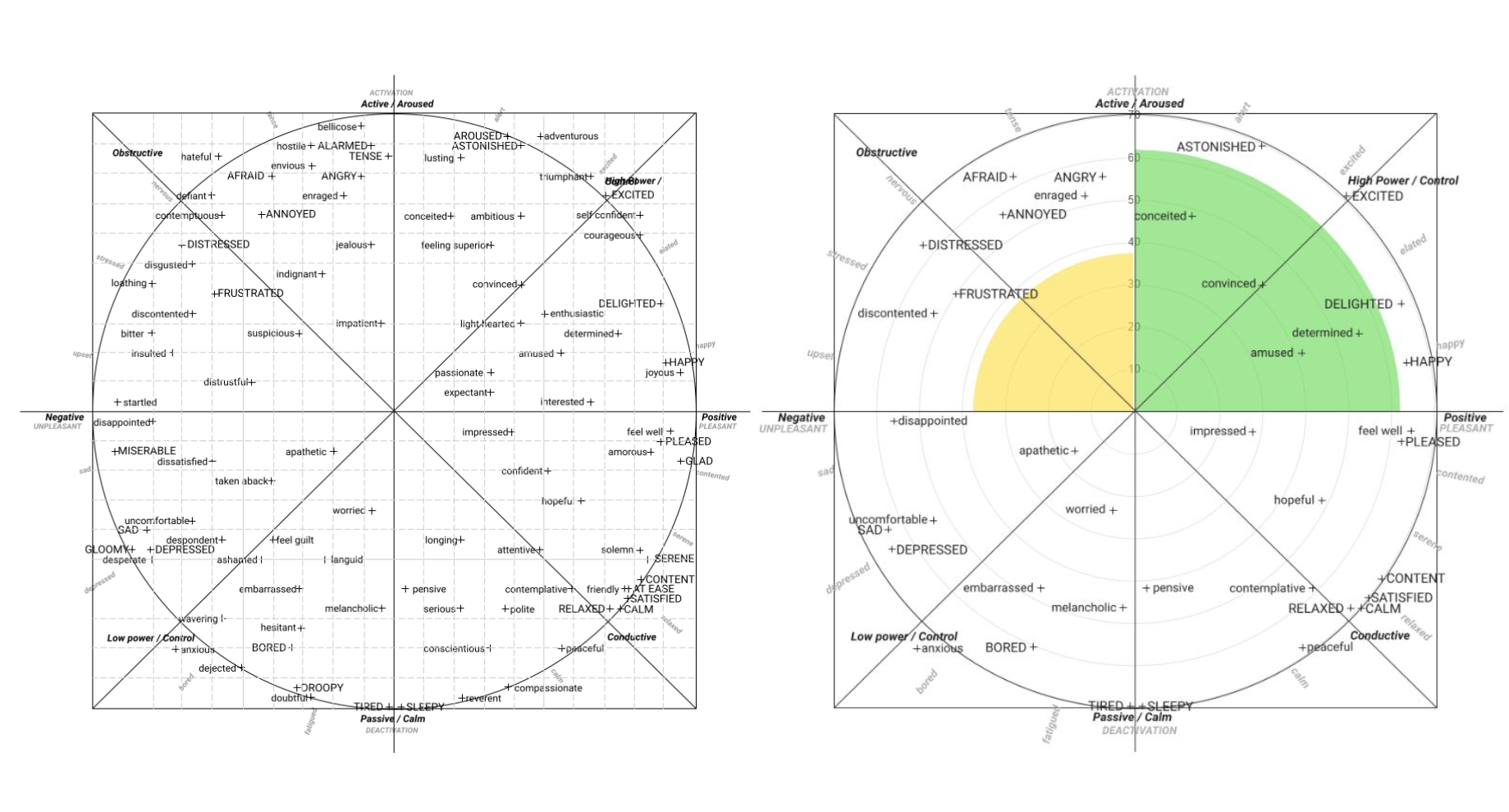Yes, it can. With the appropriate training of a deep neural network AI tool, it’s possible to detect even slight facial changes that serve as buying signals, indicating a sort of pleasure towards what’s being viewed on screen. We call it “WISH”.
The story behind the WISH algorithm
The inception of the WISH algorithm can be traced back to a serendipitous encounter in New York. As the founder of MorphCast, a company dedicated to researching and developing Emotion AI for ethical applications, I was in a meeting with potential investors when I crossed paths with a Russian company focused on maximizing e-commerce site conversion rates using buying signals. The project leader’s foresight and initiative left a lasting impression. This meeting set the gears in motion within my mind on how to detect subtle facial expression variations that serve as purchase indicators, provided the user consents to camera access. Driven by this innovative idea, I rallied my team and after months of development and testing with a suitable test group, the MorphCast WISH algorithm came to life.
The WISH algorithm, trained to catch buying signals
Indeed, with AI specifically trained to detect those imperceptible facial changes that act as buying signals when experiencing satisfaction, curiosity, or desire towards a liked item, be it a product for sale, a holiday advertisement, or even just a movie scene, the buying decision becomes predictable. MorphCast has developed a proprietary algorithm named WISH, capable of detecting even slight facial changes indicating a sort of pleasure towards what’s being viewed on screen. The WISH algorithm has been crafted by the MorphCast team to be highly sensitive, with the added ability to self-balance on the user’s neutral expression as they engage with content on their PC, tablet, or smartphone screen. It’s akin to how early digital cameras required white balancing, which later became automated. This way, the new WISH algorithm can detect even the slightest buying cues reflected on the user’s face, making it a groundbreaking tool in various sectors, particularly in e-commerce for products and services.
A focus on buying signals
Buying signals are behavioral cues that indicate a person’s interest in a product or service, potentially leading to a purchase. When it comes to Facial Emotion AI, these signals are detected through the analysis of facial expressions and other nonverbal cues. Here are some key buying signals that Facial Emotion AI can identify:
Interest and Engagement:
- Facial expressions: Smiles, raised eyebrows, and nodding indicate interest and a positive response to the product or service.
- Attention level: Sustained attention to the product can signify curiosity and engagement.
Excitement or Anticipation:
- Facial Expressions: Wide eyes and a slightly open mouth can show surprise or excitement about the features or benefits of the product.
- Body Language: Leaning forward or tilting the head towards the product often shows keen interest.
Confusion or Skepticism:
- Facial Expressions: Frowning, furrowed brows, or a scrunched nose may indicate confusion or disbelief, which could signal a need for further explanation or reassurance.
- Head Movement: Looking away frequently can suggest disinterest or skepticism.
Agreement or Approval:
- Facial Expressions: Smiling, nodding, and other affirmative expressions suggest agreement with what is being presented or approval of the product.
Impatience or Boredom:
- Facial Expressions: Yawning, avoiding eye contact, or looking at a watch or phone are signs of boredom or impatience.
- Body Language: Fidgeting or looking around frequently can indicate a desire to end the interaction.
Decision Making:
- Facial Expressions: A neutral, contemplative expression often appears when a person is weighing options and nearing a decision.
- Microexpressions: Quick flashes of expressions, like a fleeting smile or a quick nod, can indicate subconscious approval or preference.
MorphCast Facial Emotion AI aims to detect and interpret these signals automatically, providing valuable insights for sales and marketing professionals. This technology can help tailor pitches, improve customer interactions, and ultimately enhance the chances of making a sale by responding more effectively to potential buyers’ emotional states and reactions.
The WISH algorithm in action
In the e-commerce sector, the WISH algorithm can be used to:
- Personalize product recommendations: The algorithm can be used to recommend products based on buying signals. For example, if a customer is looking at a product for a long period of time and shows facial expressions of interest, the algorithm can recommend similar products that the customer may also be interested in.
- Improve ad targeting: The algorithm can be used to show ads for products that align with the customer’s purchase indicators. For example, if a customer has shown interest in a product, the algorithm can show ads for that product more frequently.
- Provide real-time assistance: The algorithm can be used to detect when a customer is in difficulty and provide assistance in real time. For example, if a customer is struggling to complete a purchase, the algorithm can offer help or suggestions based on their buying cues.
The future of the WISH algorithm
MorphCast’s innovation paves the way for a future where digital marketing and customer engagement reach new heights, making facial detection technology more accessible and useful to all. By identifying buying signals, it has the potential to revolutionize the way businesses interact with their customers.




